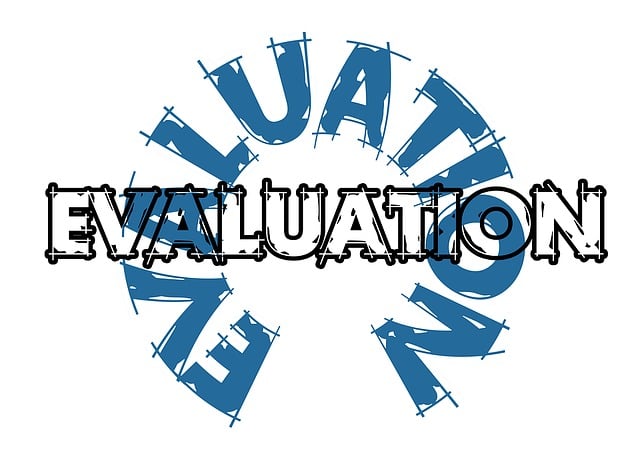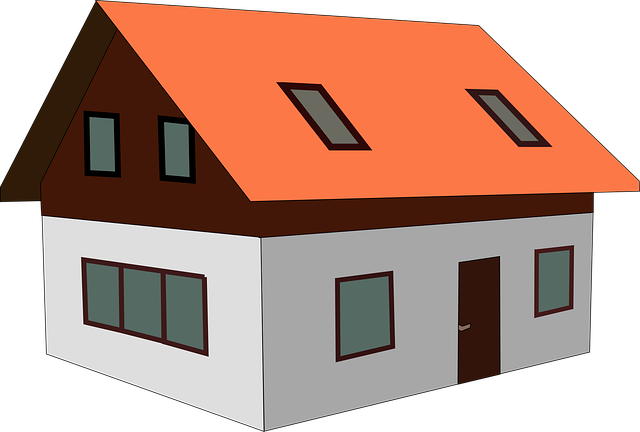Real estate professionals use Comparable Market Analysis (CMA) to estimate property values by studying recent sales data of similar homes and location factors like amenities and crime rates. They meticulously gather data on home features, age, and conditions to accurately assess market trends, facilitating informed decision-making for buyers and sellers in dynamic markets.
In the dynamic realm of real estate, accurately assessing home prices is paramount. Professional appraisers play a pivotal role in this process through Comparable Market Analysis (CMA), a powerful tool that informs fair valuations. This article guides you through the intricacies of CMA, from understanding its significance to gathering vital data points—sales history and location factors. We’ll explore how to weigh these variables effectively, ensuring precise home price assessments for both buyers and sellers alike.
Understanding Comparable Market Analysis in Real Estate

In real estate, Comparable Market Analysis (CMA) is a powerful tool used by professional appraisers and agents to estimate the value of a property. It involves an in-depth study of recent sales data for similar properties within the same area. By examining these comparable sales, experts can identify trends, adjust for varying features, and ultimately determine a property’s market value. CMA provides a more accurate valuation than automated systems, as it considers unique characteristics and local market conditions that algorithms might overlook.
This method is crucial for both buyers and sellers. For buyers, understanding CMA helps them negotiate prices effectively. Sellers, on the other hand, can set competitive listing prices, attracting potential buyers and ensuring a smoother selling process. Real estate professionals rely on this analysis to make informed decisions, ultimately benefiting clients in a dynamic market.
Gather Data: Sales History and Location Factors

When assessing comparable home prices in real estate, gathering data is a meticulous process that involves scrutinizing various factors. The first step is to examine the sales history of similar properties within the same area. This includes looking at recent sales records, which provide insights into the current market trends and values. By comparing homes with identical or comparable features, such as square footage, number of bedrooms and bathrooms, age, and condition, a professional appraiser can establish a baseline for property value.
Location plays a pivotal role in real estate pricing. Factors like neighborhood amenities, schools, crime rates, and proximity to urban centers or scenic attractions can significantly impact home values. Incorporating these location-based data points allows for a more nuanced understanding of the market dynamics, ensuring that the assessed price reflects both the inherent qualities of the property and its surrounding environment.
Weighing Variables for Accurate Home Price Assessment

When assessing comparable home prices, professionals must weigh a multitude of variables to ensure accuracy in real estate valuations. The first step involves gathering data on recent sales transactions within the same neighborhood or area. This includes considering factors such as square footage, number of bedrooms and bathrooms, age of the property, and any notable features or upgrades.
Additionally, exterior conditions like landscaping, curb appeal, and structural integrity are crucial. Interior amenities, including kitchen upgrades, finished basements, or built-in appliances, also play a significant role in determining market value. Professionals must analyze these variables meticulously to account for differences between homes and arrive at an accurate price assessment in the dynamic real estate market.






